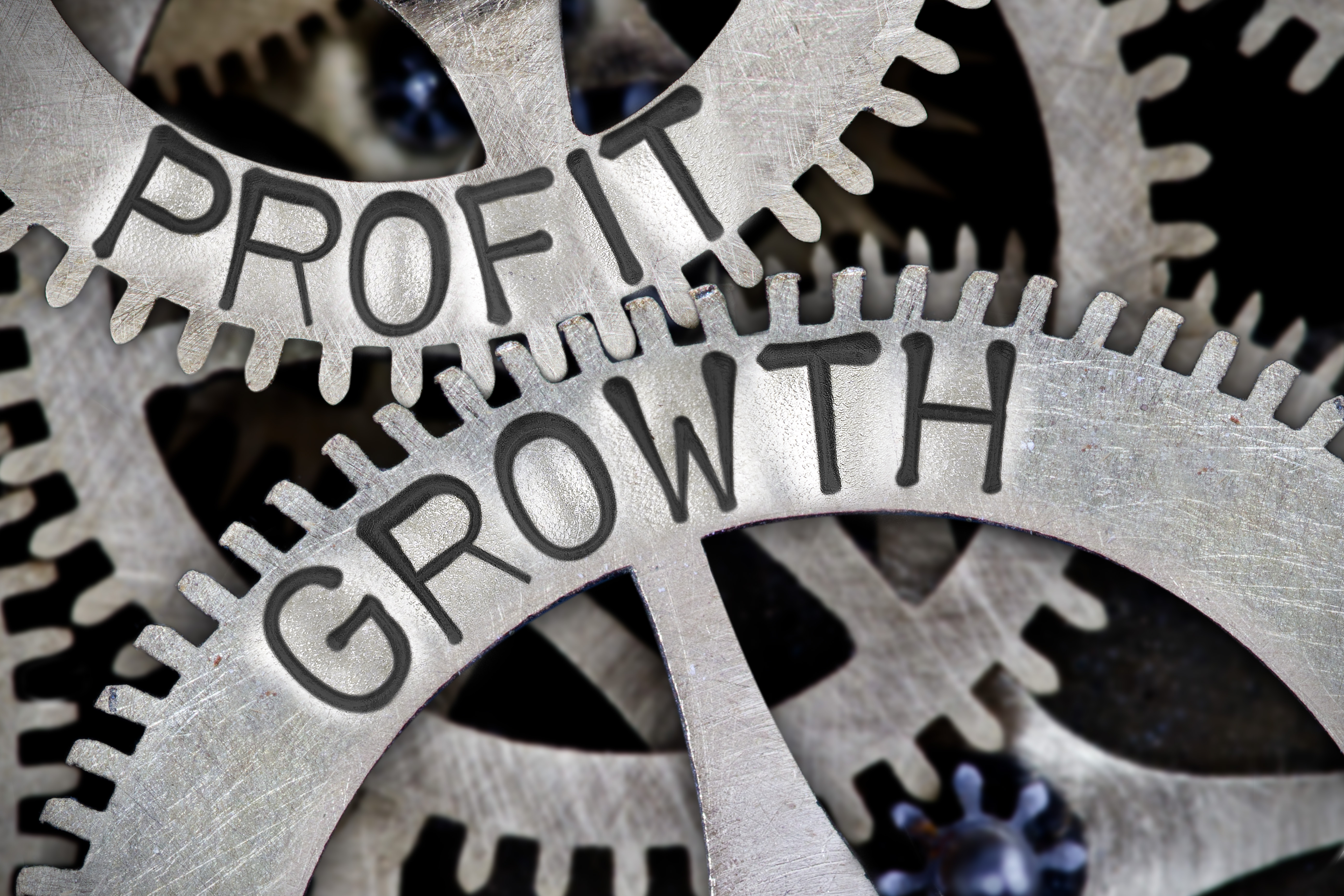In the modern business world, price has emerged as a fundamental aspect of strategic planning. Key industry players are increasingly integrating pricing software into their operations to increase efficiency, improve their competitive edge, and ultimately achieve business success. This guide aims to shed light on essential aspects of pricing software, including cost software, software cost estimation, pricing management software, and cost management software.

An effective pricing strategy is critical to the success of any business. It's inevitable how an effectively managed and well-optimized pricing strategy correlates directly to improved sales volume, revenue growth, and ultimately business success. The implementation of pricing management software automates and streamlines the pricing process, making it easier to adapt to market changes, keeping a business competitive, and ensuring profitability.
Pricing software is a tool that aids businesses in the accurate estimation of the cost of their products or services. It employs a set of algorithms to analyze market trends, review competitors' pricing, measure businesses' costs, and subsequently determine the optimum price for the goods or services offered. Pricing software constitutes a broad array of tools, which includes cost software, software cost estimation software, price optimization software, and pricing management software.
To remain competitive, companies need to continually adapt and respond to the dynamism in their industry's pricing structure and trends. Manual pricing methods are often time-consuming, error-prone, and lack the precision needed to optimize profits. A pricing software provides an automated, data-driven solution, ensuring the business prices its products competitively and profitably. Incorporating price optimization software offers solutions that not only save time but invariably improve a business's bottom line by ensuring each pricing decision is optimally chosen and based on solid data analysis.
The universally beneficial impact of pricing software extends across various departments in an organization. From decision-makers to sales and marketing teams, the advantage of having accurate and data-driven price insights is immense. Here's a breakdown of key players who stand to gain:
Usually at the helm of the pricing department, pricing managers are directly responsible for developing and implementing effective pricing strategies.
In their capacity, pricing managers are entrusted with:
The implementation of pricing software can revolutionize the work of pricing managers in numerous ways:
However, Pricing software's implementation has diverse advantages that span across various departments in a business. Its benefits are not confined to a single team, but rather, its impact is perceived across the board. The beneficiaries include:
They can generate competitive and profitable price quotes swiftly and efficiently, improving their rate of closing deals. Pricing software delivers them with insights about client's willingness-to-pay.
With access to pricing data and analytics, they can fine-tune their marketing strategies. Helps in identifying and targeting promising-market segments.
They can make informed decisions concerning business strategy, relying on precise pricing data. Helps in revenue and profit forecasting.

Pricing software is particularly advantageous in industries where production costs, market demand, and competition are subject to rapid fluctuations. Here are some sectors that distinctly benefit from it.
Manufacturers grapple with a spectrum of variables including raw material costs, labor costs, overhead costs, and supply chain variables, that affect the final pricing of their products.
The use of cost management software simplifies, streamlines, and optimizes the pricing process by delivering accurate production cost estimates.
Given the constant shifts in market trends, demands, and competitive pricing, retail businesses can leverage pricing software to stay competitive and profitable.
Retail businesses can use price optimization software to analyze historical sales data and customer responses to adjust product prices in real-time.
Ecommerce platforms can utilize pricing software to analyze competitor pricing and automatically adjust product or service prices.
Helps improve visibility and competitiveness in a large and ever-growing online marketplace.
Hotels, airlines, and tourism companies deal with fluctuating demand and variable pricing. Using pricing software can help manage these variances strategically for maximum profit at any given time.
Advanced price optimization software can be used to set dynamic pricing for rooms or flights, based on factors like demand, time, public holidays, local events and more.
Pricing software has come far in the modern business world. Companies not only use it for managing basic pricing strategies, but also for data analysis, cost predictions, and executing sophisticated pricing models. Here are some major types of pricing software components that businesses might consider using.
A pricing engine is a software program that factors data inputs from various sources such as internal databases, cloud-based servers, and global markets, to deliver product or service prices in real-time.
The use of pricing engines particularly comes into play in sectors like e-commerce and finance where prices fluctuate rapidly and continuously. Pricing engines can efficiently compute high volumes of pricing data involving multiple complex variables.
Dynamic pricing is a pricing strategy where prices constantly fluctuate based on market demands. Dynamic Pricing Software automates this process using AI and machine-learning algorithms to continually assess changes in the market and flexibly adjust prices in real time. These changes can be based on time, season, demand level, competitor’s prices, or even buying behavior of individual customers.
Industries like airlines, hotels, or e-commerce significantly benefit from dynamic pricing software. For example, e-commerce platforms can use the software to adjust prices based on (near) real-time supply and demand trends.
Price Optimization Software forms an integral part of the comprehensive pricing software suite. It uses historical data, customer segmentation, and predictive analytics to determine the optimum price of products or services to maximize profits or achieve specific business objectives.
Price optimization software can be a massive game-changer for retail businesses and manufacturers. They can use this technology to analyze historic sales data while factoring in variables like customer buying patterns, promotional activities and external factors like economic trends to adjust their product prices optimally.
Pricing Analytics Software is another vital component of the pricing software landscape. It analyses historical and real-time sales data to derive insights into pricing performance. It can highlight how price changes affect sales volumes, customer behavior, and overall profitability.
Pricing analytics software is most beneficial to pricing managers, providing them with relevant data, trends and analytics to make informed price decisions. Also, e-commerce platforms can use the data generated by pricing analytics software to study market trends, track competitor's pricing, and ensure their own pricing strategies are competitive.
Every business has different needs, and these needs often shift. When considering the right pricing software, it's important to choose a solution that aligns with your specific needs and can also adapt as those needs evolve.
Pricing software is equipped with a broad array of features designed to help businesses effectively manage pricing. An understanding of these features is imperative to maximize the value of the pricing software. Below are the crucial features to consider when selecting a pricing software.
One of the essential features is the use of data analytics to determine the best price for products or services. Price optimization features use predictive modelling to assess how various pricing strategies will impact business performance, accounting for factors like demand elasticity, competitor pricing, and market trends.
Dynamic pricing allows businesses to adjust their prices based on real-time market demands. This feature is particularly useful for businesses in fluctuating markets like the airline, hospitality, and e-commerce industries. Dynamic pricing allows companies to optimize revenue based on current market conditions and trends.
This feature helps businesses monitor the pricing strategies of their competitors. With efficient scraping tools and AI-driven analysis, the software provides you with continuous insights into how competitors price their products or services, allowing you to adjust your pricing strategies accordingly.
This feature allows businesses to manage multiple price lists for different client segments, geographies, or channels. It ensures that price lists are up-to-date, centrally managed, and compliant with all pricing rules and strategies of the business.
Pricing software features powerful analytic tools that allow businesses to assess the profitability of different pricing strategies. They can provide real-time analytics about revenue and profit margins, enabling businesses to make data-driven decisions.
Price simulation allows businesses to assess the potential impact of proposed pricing strategies before they are implemented. This feature uses various data, including historical sales data, market trends, and competitor pricing, to project revenue and profitability outcomes under different pricing scenarios.
An intuitive, easy-to-use dashboard with custom reporting features is integral to any pricing software. It should provide you with comprehensive insights into key pricing metrics, competitor pricing strategies, and profitability analysis.
Effective pricing software should easily integrate with other existing platforms within the business such as CRM, ERP, e-commerce platforms or financial systems to ensure seamless data flow and consistency.
Every business has unique needs, and it's important to select pricing software that best fits your business model, industry, and specific objectives. With the right pricing software and features, businesses can manage their pricing strategies more efficiently, gain a competitive edge, and drive increased profitability.
Price optimization software has a significant impact on business performance, contributing to areas such as profit maximization, increased sales, competitive advantage, customer satisfaction and more. The following discussion illuminates these impacts in more detail.
Price optimization software is a critical driver of profit maximization. It uses intelligent algorithms and analytics to gauge the maximum price that customers are willing to pay for a product or service, ensuring that businesses extract the highest possible margin from each transaction. By assessing variables like customer demand, competitive activity, and market trends, this software can identify pricing strategies that are the most likely to maximize profit margins.
By using data to determine ideal price points, price optimization software allows for an increase in sales volume. By balancing the price point with customer demand, businesses are likely to see an uptick in purchases, thereby driving increased sales. The software can also be exploited to analyze promotional pricing strategies and assess their potential impact on sales volumes.
Having optimized pricing strategies can provide a significant competitive advantage. Pricing software allows businesses to monitor competitors’ pricing strategies, assess market trends, and adapt their prices strategically to stay competitive. This ability to react swiftly to market fluctuations can give businesses an edge over their rivals who do not have the same data-driven insights.
Price optimization can also contribute to customer satisfaction. By ensuring the price accurately reflects the perceived value of a product or service, customers are less likely to feel overcharged. The software can also help businesses establish segmented pricing strategies, offering tailored prices to different customer groups based on their purchasing habits, demographics, or willingness to pay, possibly leading to increased customer satisfaction and loyalty.
Another significant advantage of price optimization software is the improvement in decision-making processes within the business. With real-time insights and forecasting abilities, decisions on pricing strategy can be made quicker and with increased confidence, leading to more effective and efficient decision-making processes. Businesses can simulate different pricing scenarios, anticipate market changes, and formulate robust pricing strategies, all of which can impact both profitability and performance.
Price optimization software leads to greater operational efficiency. Automated pricing adjustments, centralized price management, and advanced analytics reduce the time and effort needed to manage and update prices. It eliminates the possibility of manual errors while ensuring more responsive and accurate pricing.
In summary, price optimization software is a critical tool that can impact a variety of areas in business performance. Its comprehensive advantages underscore the importance of adopting such technology in managing the pricing function in a sophisticated and strategic manner.